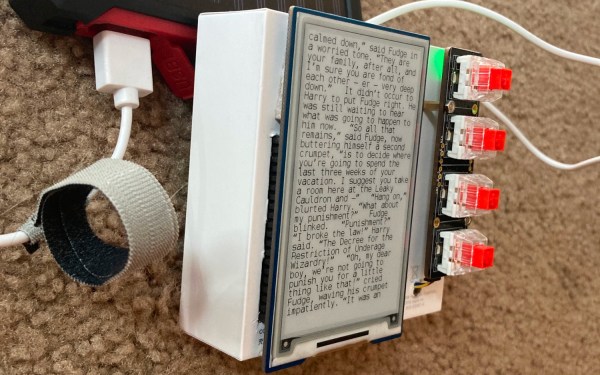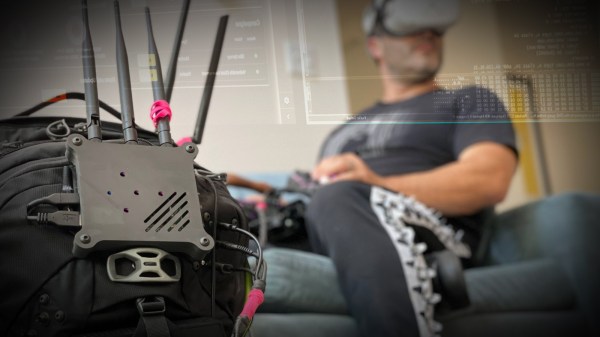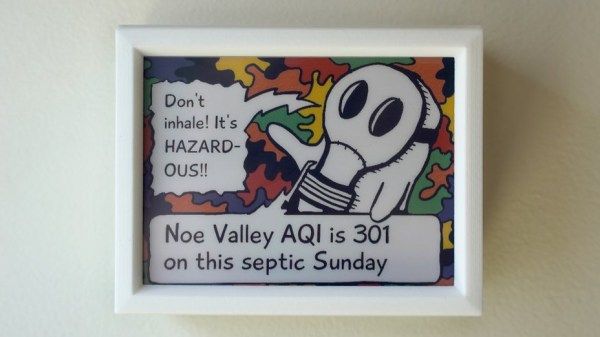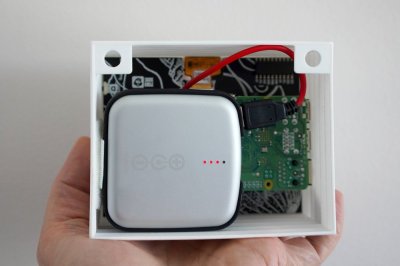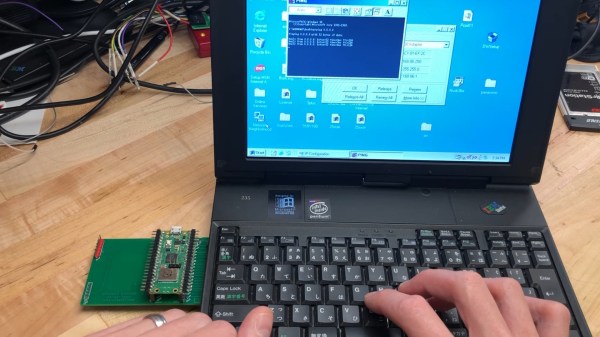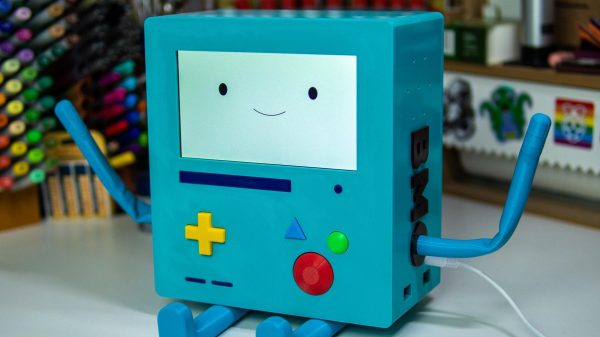In the early days of e-readers, most devices had physical buttons to turn pages and otherwise navigate the device. [bwkrayb] longed for these halcyon days before touchscreen e-readers and improved on the concept by adding mechanical keyswitches.
By using an Adafruit NeoKey 1×4 as the keyboard interface, the e-reader has four hot-swappable keyboard sockets with built-in LEDs. [bwkrayb] is hoping to use these LEDs to implement a front lighting system in a future revision of the hardware.
The 3.7″ screen displays pages after running an EPUB through ebooklib and Beautiful Soup to generate files that can be used by the Waveshare drivers. Refresh time is reportedly slow, although [bwkrayb] suspects this might be due more to the limited power of the Raspberry Pi Zero 2 more than the display itself.
If you want to see some other open e-reader projects we’ve covered, check out the EPub-Inkplate or the Open Book Project.

